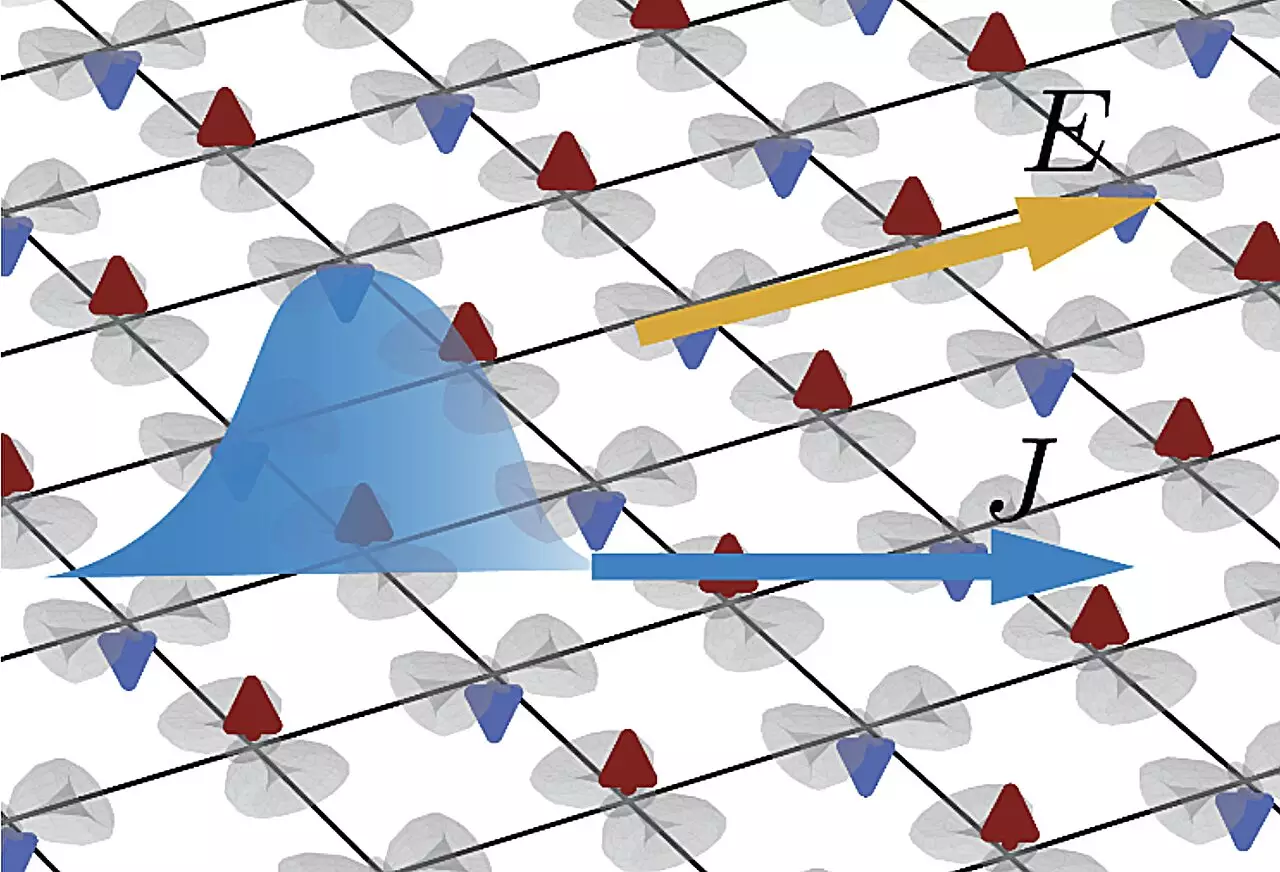The field of condensed matter physics is perpetually evolving, with emerging materials sparking considerable interest in both theoretical and applied research. Among the latest discoveries, altermagnets have captivated the attention of scientists and engineers alike. Unlike traditional ferromagnets and antiferromagnets, altermagnets exhibit a novel type of magnetism characterized by a unique interplay between electron spin and momentum. This has led to potential applications in spintronics and electronics, which hinge on the intricate manipulation of electron spin rather than charge. The exploration of these materials not only paves the way for innovative device architectures but also raises compelling questions about the underlying physical principles governing their behavior.
A pivotal study conducted by researchers at Stony Brook University has contributed significantly to the nascent understanding of altermagnets, with a focus on their nonlinear response attributes. The researchers published their findings in the prestigious journal *Physical Review Letters*, emphasizing the role of quantum geometry in defining the behavior of these materials under varying electrical conditions. Co-author Sayed Ali Akbar Ghorashi elaborated on the study’s objectives, explaining how prior experiments had established a theoretical foundation for understanding the nonlinear response of antiferromagnets, which exhibit conventional parity and time-reversal symmetries.
The researchers aimed to probe deeper into altermagnets, materials that intriguingly lack this symmetry combination, to uncover how quantum geometric considerations influence their electronic properties. This quest for knowledge not only aimed to derive the nonlinear response of altermagnets but also to distinguish between the contributions arising from Berry curvature and quantum metric.
Unraveling Nonlinear Responses
The approach taken by Ghorashi and his team was deeply methodical. They used semiclassical Boltzmann theory to compute contributions to the nonlinear response of altermagnets, systematically addressing each relevant term order by order. Their findings revealed that the quantum geometry played an essential role in shaping the electronic behavior of planar altermagnets, offering new insights into the underlying mechanisms at work.
One eye-opening revelation was the identification of a significant third-order response in altermagnets. Traditionally, materials demonstrate a second-order response, but the team discovered that due to the unique properties of altermagnets, particularly their inversion symmetry, this second-order response vanishes completely. This highlights their unique status as a class of materials wherein the third-order response becomes the main nonlinearity—a discovery that could reshape the way physicists view and characterize magnetic materials.
The implications of this research extend far beyond a mere academic exercise; they signal a shift in the landscape of materials science. The results highlight a new class of materials that challenge established conventions in magnetism and materials characterization. The observation that altermagnets possess a giant third-order response, coupled with their weak spin-orbit coupling, suggests unique pathways for exploring spintronic devices. This could culminate in the development of technologies that leverage these materials for enhanced performance, efficiency, and novel functionalities.
Future research directions, as outlined by Ghorashi, propose delving into the wilder territories of disorder effects and deviations from linear approximations, which could further deepen the understanding of the physical behaviors exhibited by altermagnets. As researchers continue to explore and catalog the unusual properties of these materials, we may see their integration into practical applications, thus bridging the gap between theoretical physics and technological innovation.
As scientific inquiry progresses, altermagnets stand at the forefront of a new frontier in material science, promising to unveil a plethora of opportunities. The unique nonlinear responses associated with their quantum geometry not only deepen our understanding of basic physics but also hold transformative potential for the development of next-generation electronic and spintronic devices. Continued research in this field could yield insights that significantly alter existing paradigms while stimulating innovation across various technological sectors. In essence, altermagnets exemplify the dynamic interplay between fundamental research and applied science, as we unravel the mysteries of the quantum world.


Leave a Reply